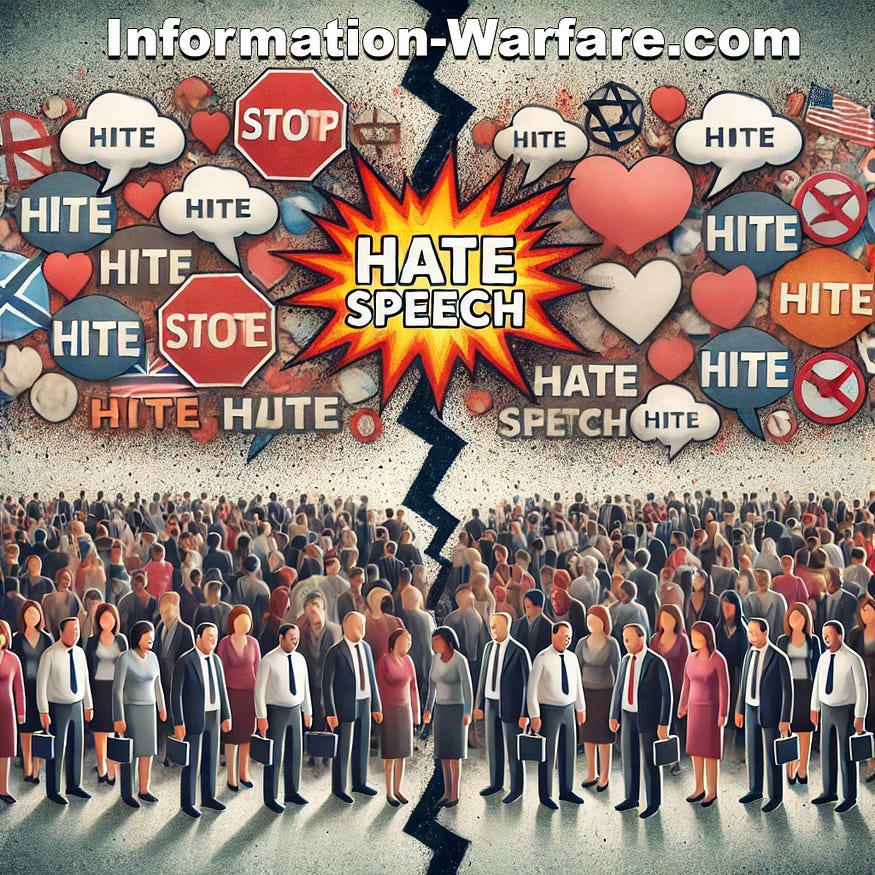Hateful Rhetoric
The Divisive Strategy of Donald Trump
Donald Trump’s political career has been marked by a consistent use of hateful rhetoric, which has incited division and mayhem across the United States. This approach, far from demonstrating love for the country or its people, appears to undermine the foundational values of unity and respect. Trump’s reliance on such rhetoric raises significant concerns about his motivations and the broader implications for American society.
The Nature of Trump’s Rhetoric
Trump’s speeches and social media posts often contain inflammatory language directed at various groups, including immigrants, minorities, political opponents, and the media. This strategy serves several purposes:
Mobilizing Base Support: By using divisive language, Trump energizes his core supporters, who feel validated in their grievances and fears.
Deflecting Criticism: Controversial statements distract from policy failures and legal issues, keeping the media and public focus on his provocative remarks rather than substantive matters.
Scapegoating: Blaming certain groups for societal problems creates a clear enemy for his followers, simplifying complex issues into black-and-white narratives.
The Impact of Hateful Rhetoric
Hateful rhetoric can have profound and dangerous effects on society:
Normalization of Hate: When such rhetoric comes from high-profile leaders, it can normalize hate speech, making it more acceptable in everyday discourse.
Violence and Intimidation: Inflammatory language can incite violence, as seen in numerous incidents where Trump supporters have targeted minority groups and political opponents.
Moral Justification: By framing hatred and bigotry as part of a political movement, individuals feel morally justified in abandoning their ethical principles to support these views.
Fear of Losing Dominance
A significant driver behind the right wing of the Republican Party’s embrace of such rhetoric is the fear of losing political and demographic dominance. The United States is rapidly diversifying, with projections indicating that by 2045, whites will no longer be the majority. This shift is perceived as a threat by some who feel their cultural and political influence waning.
The Demographic Shift
Census Projections: The U.S. Census Bureau projects that by 2045, minority groups will collectively outnumber white Americans. This demographic shift is influencing the political landscape, with minorities increasingly participating in elections and gaining political representation.
Political Realignment: As the electorate diversifies, political parties must adapt. The Democratic Party has generally been more inclusive of minority groups, while the Republican Party has struggled to broaden its appeal beyond its traditional base.
Cultural Resistance: Some segments of the population resist these changes, clinging to a nostalgic vision of America. This resistance is often expressed through support for politicians who promise to restore “traditional” values and oppose policies that promote diversity and inclusion.
Conclusion
Donald Trump’s use of hateful rhetoric is not merely a political tactic; it reflects deeper anxieties within certain segments of American society about losing cultural and political dominance. This strategy, while effective in mobilizing a base, poses significant risks to the fabric of American democracy. It encourages division, justifies moral compromises, and distracts from the real issues facing the nation.
As America continues to evolve, it is crucial to recognize the dangers of such rhetoric and to work towards a more inclusive and united society. Embracing diversity and fostering dialogue can help heal the divisions exacerbated by hate-filled discourse, ensuring a more just and equitable future for all Americans.
Lessons from Gender-Based Criticism in Politics
Recognition of Biases:
Awareness: Understanding that biases against female candidates exist is the first step. Recognizing these biases helps in addressing and challenging them.
Impact: Awareness of how these biases affect female candidates’ campaigns and public perception can lead to more equitable treatment.
Importance of Representation:
Diversity: Increased representation of women in politics can help normalize female leadership and reduce gender-based criticism.
Role Models: Women in leadership roles serve as role models and can inspire more women to pursue political careers.
Media Responsibility:
Fair Coverage: Media outlets need to ensure fair and balanced coverage of female candidates, focusing on their policies and qualifications rather than personal attributes or appearances.
Accountability: Holding media accountable for sexist or biased coverage can help change the narrative around female candidates.
Public Discourse:
Challenge Stereotypes: Engaging in conversations that challenge traditional gender roles and stereotypes can shift public perception.
Support Networks: Building strong support networks for female candidates can provide the necessary backing to counteract negative rhetoric.
Policy Changes:
Legal Protections: Implementing and enforcing policies that protect candidates from gender-based discrimination and harassment.
Education: Educating the public about the importance of gender equality in politics can foster a more inclusive political environment.
Empowerment:
Confidence: Encouraging and empowering women to pursue leadership roles despite the challenges can lead to greater diversity in political representation.
Skill Development: Providing training and resources to female candidates to help them navigate the political landscape effectively.
Cultural Shifts:
Challenging Norms: Cultural shifts towards gender equality can reduce the impact of sexism in politics.
Inclusivity: Promoting an inclusive culture where diverse voices are heard and respected can strengthen democracy.
By learning from the experiences of female candidates and addressing the systemic biases they face, society can move towards a more equitable and just political landscape. These lessons highlight the importance of recognizing and challenging gender biases, promoting fair media coverage, supporting female candidates, and fostering cultural shifts towards inclusivity and equality.


